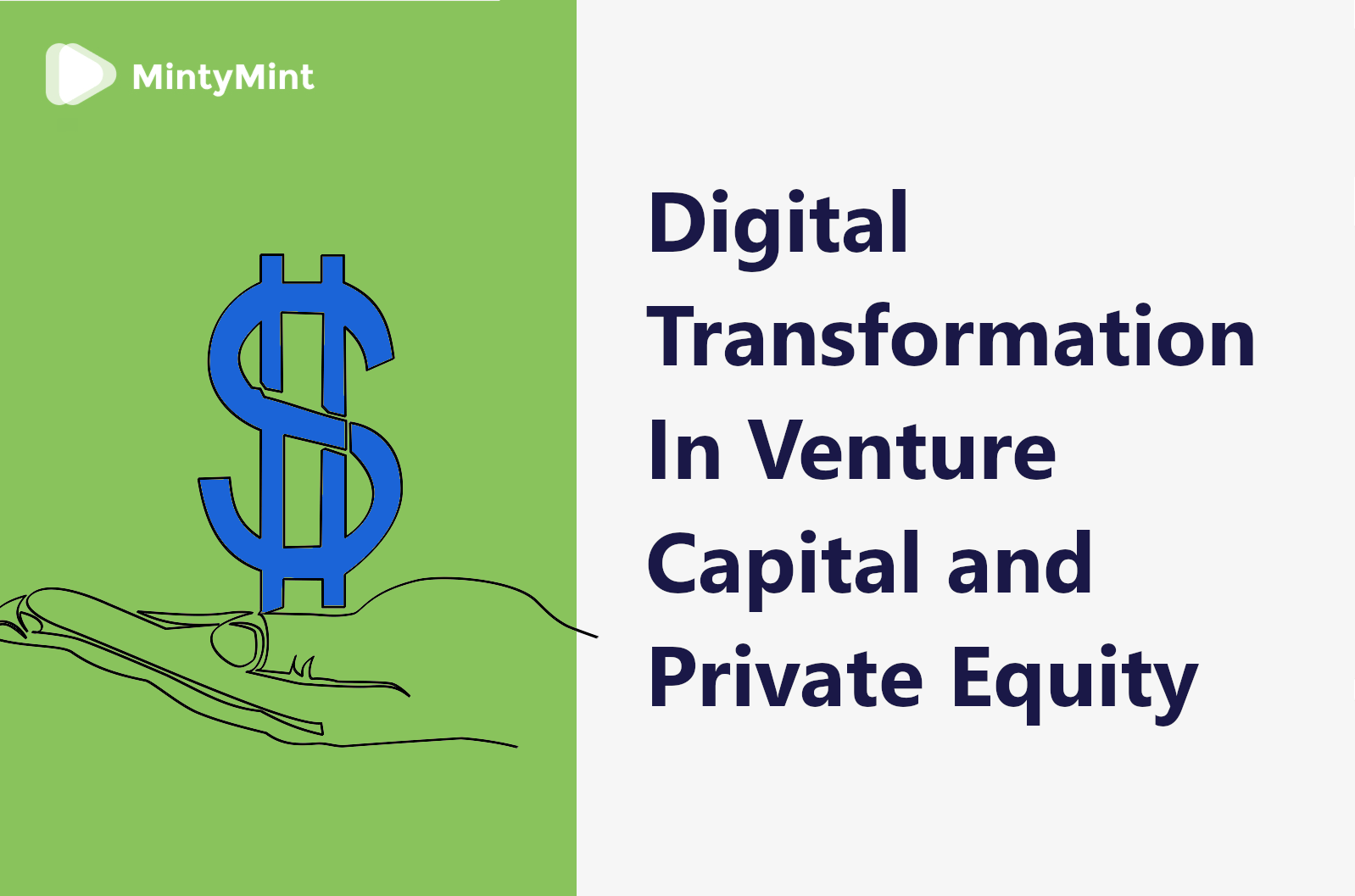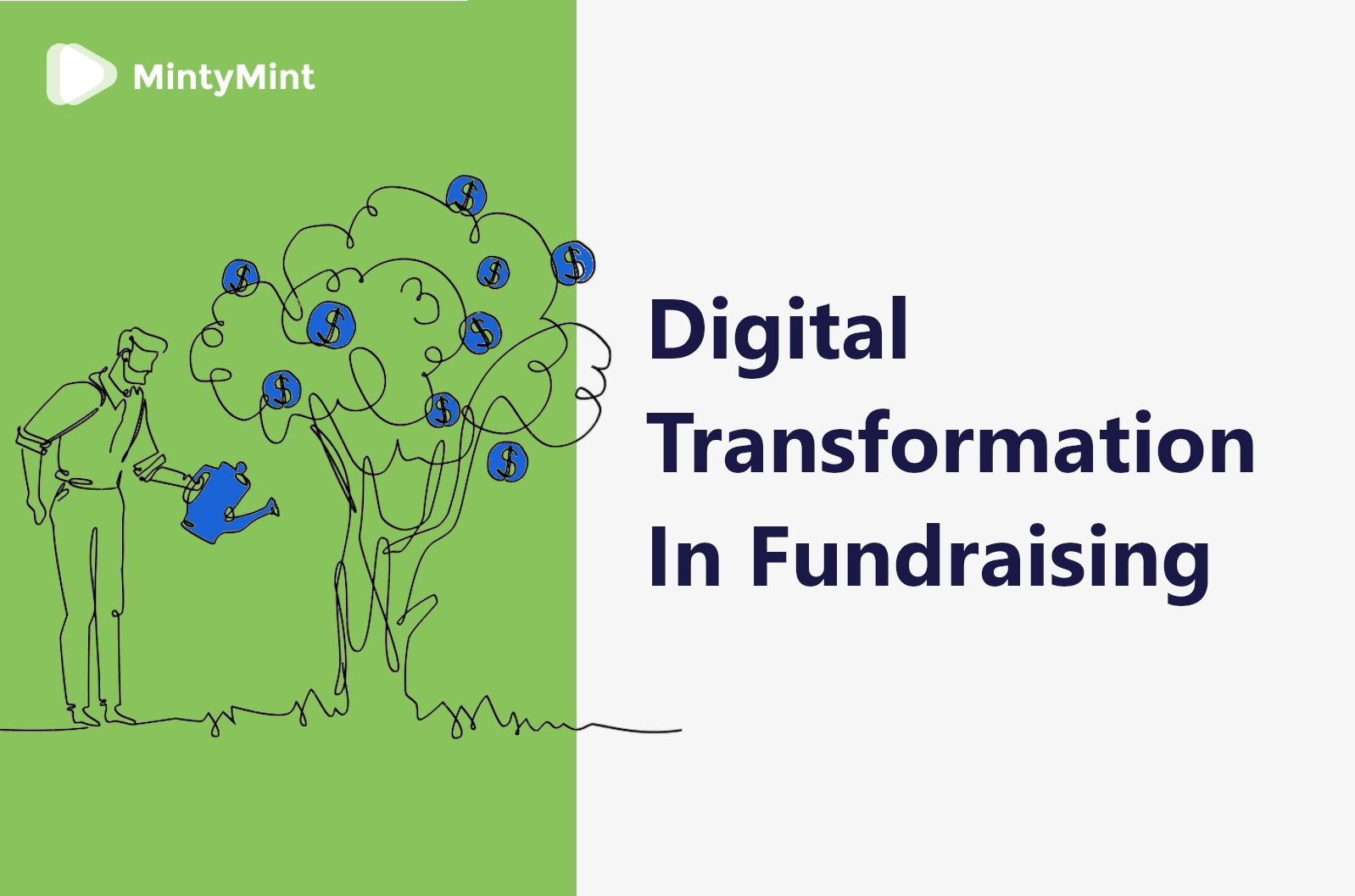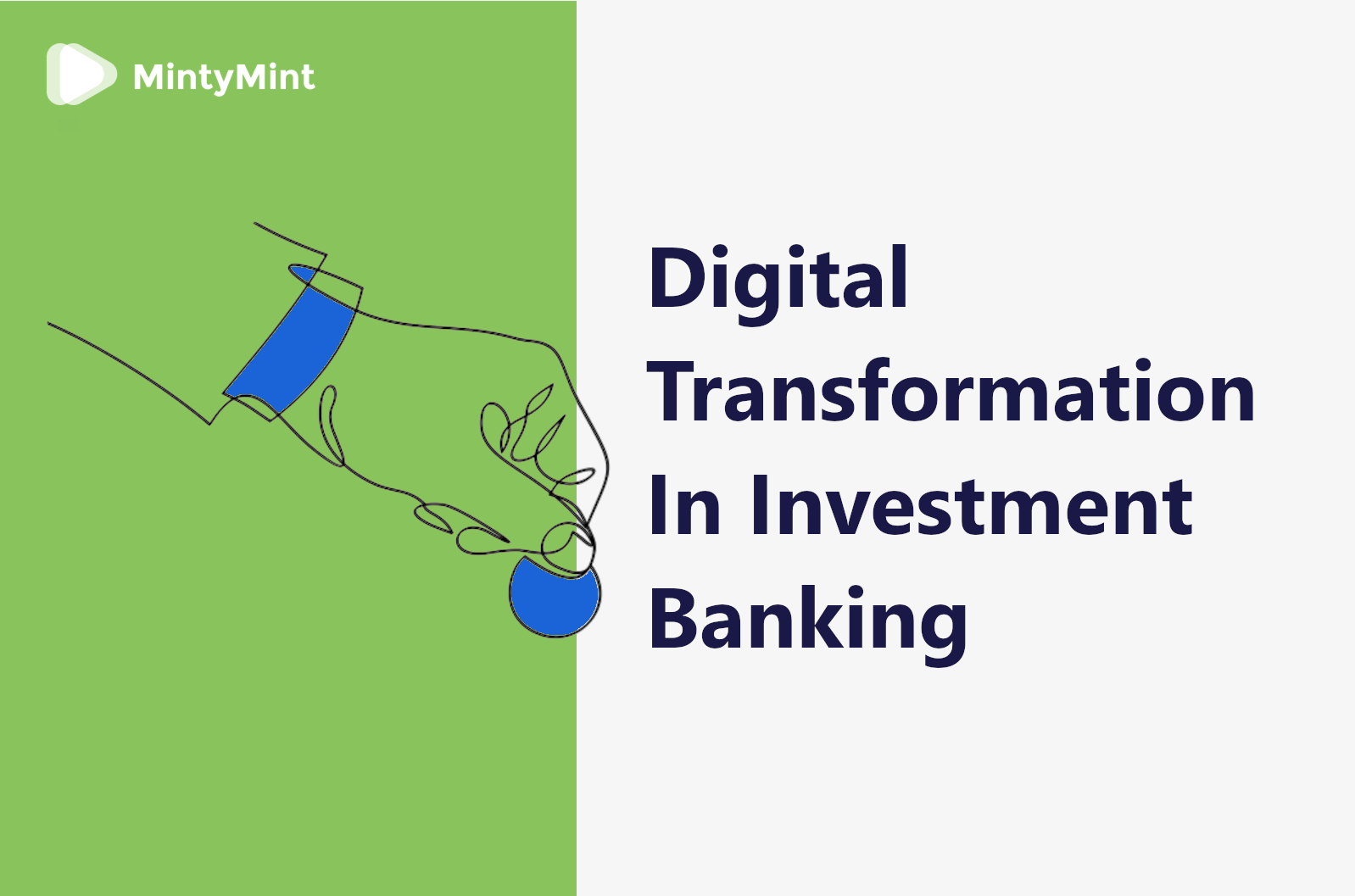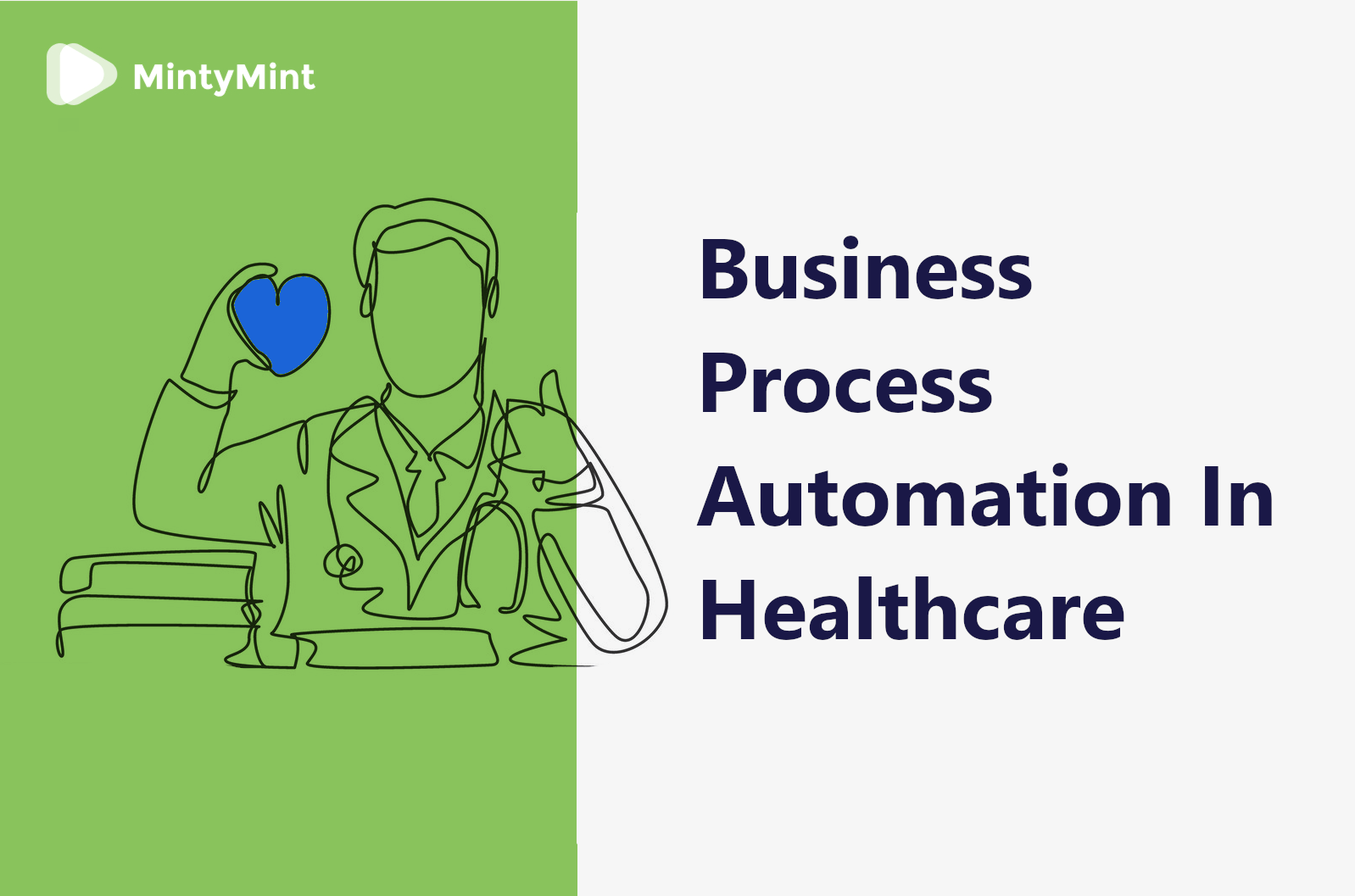Cybersecurity has always been an edgy topic in the IT landscape.
With one network attack happening every 3 seconds, cybercrime is about to cost the global community some $6 trillion in 2021.
That’s a staggering figure to think about, and a lot of damage for the digital crime victims in the form of operational costs, harmed reputation, and direct financial losses. Notably, the global protective measures expenditure this year makes up just 1% of the financial losses evoked by malicious online activities.
Really, the subject of enterprise digital security can not be overestimated.
What are the main threats businesses should look out for, and how can they combat these issues realistically in today’s fast-paced digital environment?
This article is going to shed some light on these questions.
Cybersecurity threats to businesses
An old saying goes “Praemonitus, praemunitus”, which means forewarned is forearmed.
*It is actually the motto of the US Army Security Agency, the British Royal Observer Corps, and the Australian Army Intelligence Corps – kind of a clue on the importance of knowing the dangers when we talk about security.
As for the modern digital sphere, there are 6 main groups of threats for businesses to be aware of:
- Phishing
- Ransomware
- (D)DoS attacks
- POS malware
- Insecure networks
- Modern technology
Let’s explore each.
Phishing
Perhaps the leading cybersecurity threat for a long time already is “phishing” – a social engineering attack aimed to deploy malicious software or steal user data by deceiving the victim.
This could be done through misleading links, fake digital personas, mirror websites, or even compromised pixel tracking.
The idea is to earn the victim’s trust so they perform a voluntary action – something like clicking on a link, submitting credit card details, or downloading a file. This is why it’s called “phishing” – the target has to bite the hook in order to get caught.
Phishing is to blame for as much as a third of all confirmed data tampering and nearly 80% of all cybercrime every year.
Ransomware
A common type of software deployed through phishing is ransomware, which encrypts data and blocks access to infected devices demanding a ransom fee to unblock it.
This type of malware is very common and constantly growing in numbers, with some industries experiencing unprecedented levels of attacks in recent years. Like that, the global banking industry saw a baffling 1318% YoY rise in ransomware data breaches this year.
With an average of 37% of organizations worldwide suffering from ransomware attacks in 2021, this 20 billion dollar question should be highlighted on every company’s cyber protection agenda.
Denial of Service (DoS) attacks
Another way hackers disrupt digital platforms is through directed network attacks called DoS or DDoS – (Distributed) Denial-of-Service attacks.
These attacks aim at making a web service unavailable by flooding the targeted system’s host with a superflux of requests. The server then becomes unresponsive, thus the “denial-of-service” term.
While there is no direct gain for hackers from a victim system’s stoppage, this tactic is used to blackmail or harm institutions operating on the web.
In fact, it is estimated that every third business in the US is targeted by a DDoS attack, legitimately rendering this web security threat our third critical issue.
Point-of-Sale (PoS) malware
Another major digital security issue for businesses these days is Point-of-Sale malware.
Since the main goal of most hackers is to steal funds, Point-of-Sale systems like ATMs, credit card terminals, and online checkouts make just a perfect target. These devices and functionalities process all sorts of customer data, including payment details, and are usually less protected than other system elements.
A PoS can be compromised both through hardware (via remote data readers and transmitters) and software (dongles and trojan viruses) to steal and sell data or withdraw funds.
Not exactly a new threat on the horizon, it has been determined that nearly half of PoS attacks targeted small businesses in 2015, with some breaches compromising millions of credit cardholders.
Insecure networks
As the world is becoming remote-based, more and more people work outside of professionally protected environments – in home networks, through public Wi-Fi and 5G, and from mobile devices.
This poses another major threat for companies and individuals as it makes it easier for hackers to intercept data, which can be especially harmful if logging into vital services, making payments, or operating sensitive data online.
In fact, experts have already detected loopholes in 5G to WiFi data transmission and expect more vulnerabilities to surface.
Modern technology
Last but not least, businesses should look out for the threats posed by modern tech.
Technology is evolving rapidly, and so are the hackers’ approaches to abuse it. The problem is that very often, we have not yet determined effective preventive measures to combat innovation abuse. Just like with a regular virus or illness, it takes time to find the cure.
In this regard, BlockChain, Cloud computing, IoT, and AI are some of the main technologies related to malicious online activities.
Crypto & BlockChain
Even though blockchain technology is supposed to provide a bulletproof network, the mere human factor along with environments in which distributed ledgers operate actually introduce loopholes for hackers to breach its security.
People often assume that their crypto assets are impervious and forget to take the basic safety measures (like device and network security) seriously, paying dearly for it.
Like that, it is estimated that a total of over $10 billion in bitcoin alone has been stolen since 2011 – pretty impressive for a “bulletproof” system.
Cloud
Another group of vulnerabilities among modern tech comes with cloud technology, which is developed and adopted quicker than the associated security measures.
Just to give you a perspective, the number of companies suffering cloud attacks grew 5X times in the past year, reportedly losing over $6 million to these incidents.
Notably, it is estimated that nearly two-thirds of cloud breaches occur due to user error and could have been prevented, so professional support is definitely needed to ensure that your business is safe in the cloud.
Internet of Things
Connected devices provide another pool of opportunities for hackers to invade people’s privacy.
From fitness trackers and wireless medical devices to cars’ computers and smart home systems – we are increasingly reliant on the IoT devices that collect massive amounts of data and directly affect our daily lives.
The problem is that these devices are usually less protected than systems and networks they are connected to, which provides additional entry points for hackers to abuse. So, there is no wonder why IoT attacks are increasingly frequent, with over 60,000 registered breaches just this year.
Deep Fake
Deep fakes are powering a new type of cybercrime, with some research suggesting it’s about to become the most dangerous type of AI-related crime.
Machine learning algorithms are now capable of indistinguishably simulating a person’s appearance and mimics from just a small batch of that person’s original photos.
Needless to say, safety troubles mount when you can’t tell the real from fake, especially if we talk about faking government officials, business executives, or legal testimonies – the ways of abusing deep fakes are countless.
Top industries for cyber attacks
Speaking about cyber threats, we need to understand that different industries and business types experience different amounts of digital crime.
Right now, we see healthcare, financial, and educational institutions, as well as SMBs across all other domains of activity under elevated pressure.
Let’s try to figure out why.
Small and medium-sized businesses
First of all, most attackers choose an easy target over a difficult one.
Having smaller overall budgets as compared to corporations, SMBs spend less on protective measures and thus are more susceptible to online crime. This is why small and medium-sized businesses get more attention from cybercriminals, accounting for as much as 43% of all attacks.
Healthcare
The rapid digitization of healthcare since Covid created another major target for online crime.
To hackers, healthcare facilities represent a mixture of outdated IT systems, weaker cybersecurity measures, and a ton of valuable data like patients’ personal records and billing info.
All this contributes to increased malice attention, with healthcare attacks doubling over the past couple of years – up to a point where over 93% of medical institutions worldwide suffered from digital crime.
Notably, over a quarter of all cyberattacks in healthcare target connected (IoT) devices like defibrillators, pacemakers, neurostimulators, and insulin pumps. This is extremely concerning, to say the least, and can be devastating for both medical institutions and their patients alike.
Financial institutions
Another major target for hackers is the financial sector, mainly due to its innate relation to money.
Here are some stats for you to consider:
- Financial institutions are 300 times more likely to be attacked than any other business.
- The industry was the most heavily pressured by hackers vertical market already in 2018,
- and saw another 30% spike in online crime since the Covid began.
And while financial institutions are generally more protected (as required by government regulations), the increased usage of online banking in unsafe environments or by untrained people really creates the loophole for hackers to infiltrate accounts and steal money or data.
Education
Last but not least, education is yet another industry suffering a massive spike (600%) in harmful online activity in 2021.
This happens mainly due to the increase in online learning in recent years that comes along with using unsafe devices and vulnerable platforms, as well as unprepared cybersecurity staff in educational institutions.
With 44% of educational institutions worldwide hit last year, schools mainly suffer from ransomware, adware, and spam.
How To Protect Your Business From Cyber Attacks
Now that we’ve learned about the main security threats and industries under pressure, let’s figure out how to counter these issues proactively.
All of the safety measures that institutions ought to take to protect their data, finances, and reputation can be classified into 5 groups:
- Data,
- Equipment,
- Access,
- Human factor,
- and Case-specific measures.
As usual, let’s explore them one by one.
Data
The first thing every business with at least one digital device in operation should check for security is data.
Information is pretty much our most precious, sensitive, and vulnerable asset. To protect it from harm, there are two simple steps: backup and encryption.
Essentially, backup secures your data from being lost.
Backup functionalities are included in most data storage and management solutions, so you simply need to ensure that it’s properly set up and turned on, and prepare an extra storage space for the backup files.
Encryption, on the other hand, protects data from being stolen.
With encryption, you can secure specific files, entire disks, or the transferring data.
To encrypt stored data, there are both in-built (Microsoft BitLocker, Apple FileVault, and Dm-crypt for Linux) and custom solutions (AxCrypt, VeraCrypt) to protect your stored data. In addition, many anti-malware solutions like Eset or Kaspersky include encryption functionalities in their features.
And when it comes to encrypting transferring data, the easiest way to do it is through a VPN solution (in-built with most browsers) or router settings.
Equipment
The second step to securing your business online is ensuring the safety of the devices you are using.
This comes down to:
- Updating the software to get the latest security patches;
- Installing specialized security solutions with antivirus, anti-spyware and anti-spam filters;
- Setting up a firewall on all devices, including portable ones;
- Encrypting network data through a VPN or router settings (see previous paragraph).
And this doesn’t just touch on the in-office company equipment!
Any device you or your staff use for business-related activities should undergo similar protective measures – whether it’s a home PC you sometimes work from, a laptop you travel with, or the smartphone you likely use for team communication.
Access
Another security measure to protect your business from digital harm is to bulletproof account accesses.
The main way to do it is through using unique, complex passwords and passphrases, along with multi-factor authentication (MFA) to ensure that criminals won’t be able to access your system even if some of the devices or login credentials are compromised.
Also, to protect these access details, using a private network or a VPN (virtual private network) in public ones is strongly recommended.
Human factor
Apart from the purely technical preventive measures, it’s worthwhile to ensure that all members of your team and clients are informed and trained to operate safely in the digital environment.
In fact, it is estimated that as much as 95% of cybercrime is enabled by human error – through using insecure networks and devices, utilizing weak and repetitive passwords, opening hazardous links, downloading unverified files, etc.
So, properly training your staff and clients to stay safe online is perhaps the best cybersecurity investment a business can make.
Professional advice
Last but not least, it’s worthwhile to take professional advice to protect your business.
Hackers constantly find and invent new ways of harming businesses online, and traditional protective measures can not always prevent those attempts. Consulting with cybersecurity experts is the last, but very often the most effective measure a business can take to protect itself.
Looking for professional cybersecurity advice? Fill out this short contact form and we’ll get back to you with a checklist of the best digital protective measures for your specific case!























